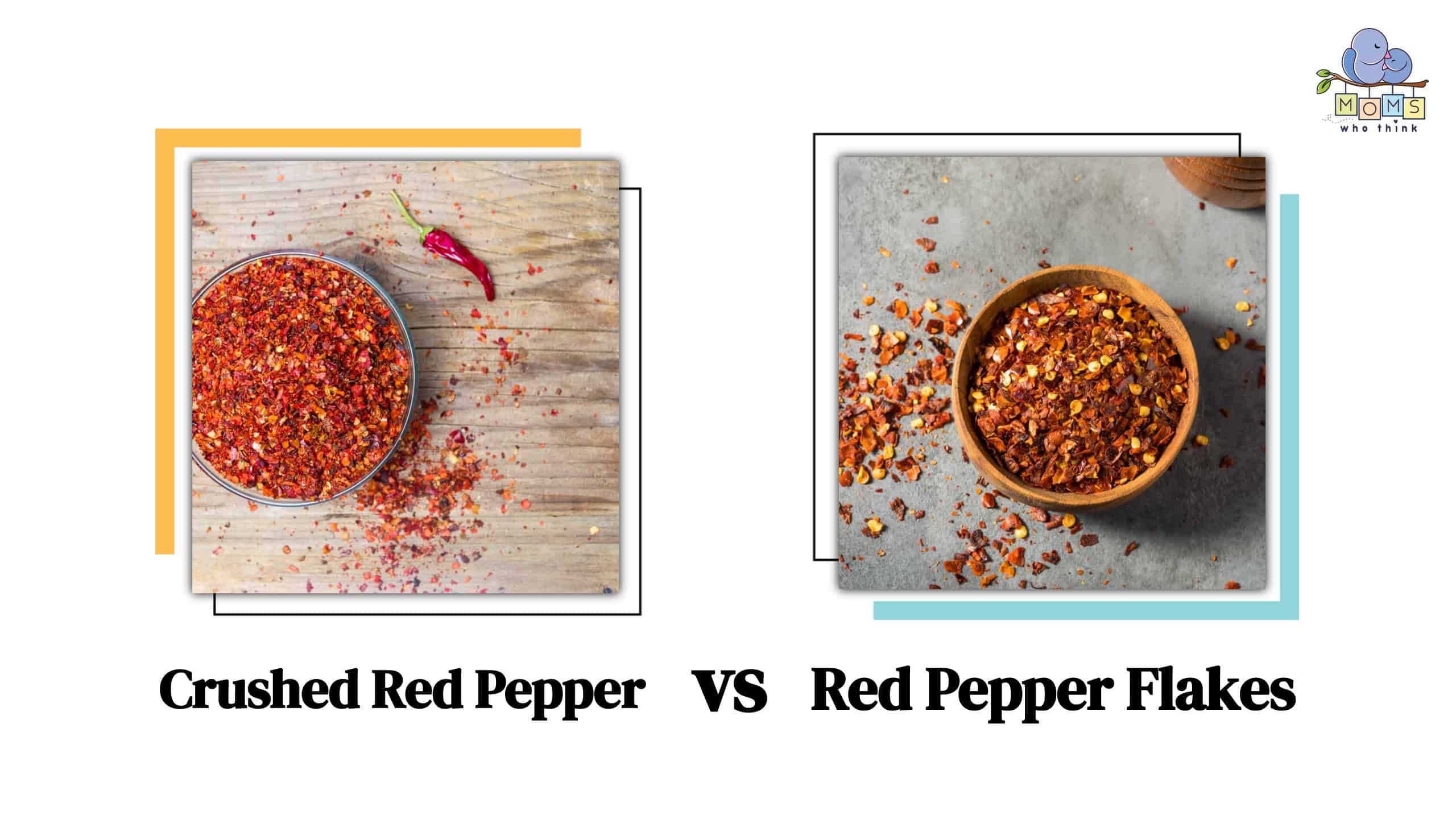Not many foods cause much confusion, like crushed red pepper and red pepper flakes. They are ingredients you'll find in most homes and kitchens, but few people can tell them apart. It isn't easy to differentiate them, considering people use the names interchangeably, and they have similar recipe functions. However, crushed red pepper looks finer than red pepper flakes from its appearance. Let's learn more about crushed red pepper and red pepper flakes below.
Crushed Red Pepper vs. Red Pepper Flakes: What the Difference?
As their names suggest, both condiments are made from peppers. They are great spices for various foods to add flavor and heat. Crushed red pepper combines crushed red chili peppers and dried red chili peppers. But most crushed red pepper comes from cayenne pepper, while other commercial ones are from cultivars. Red pepper flakes are a mixture of various peppers from the capsicum annum family. Some include Anaheim, Jalapeno, Fresno, and bell peppers.
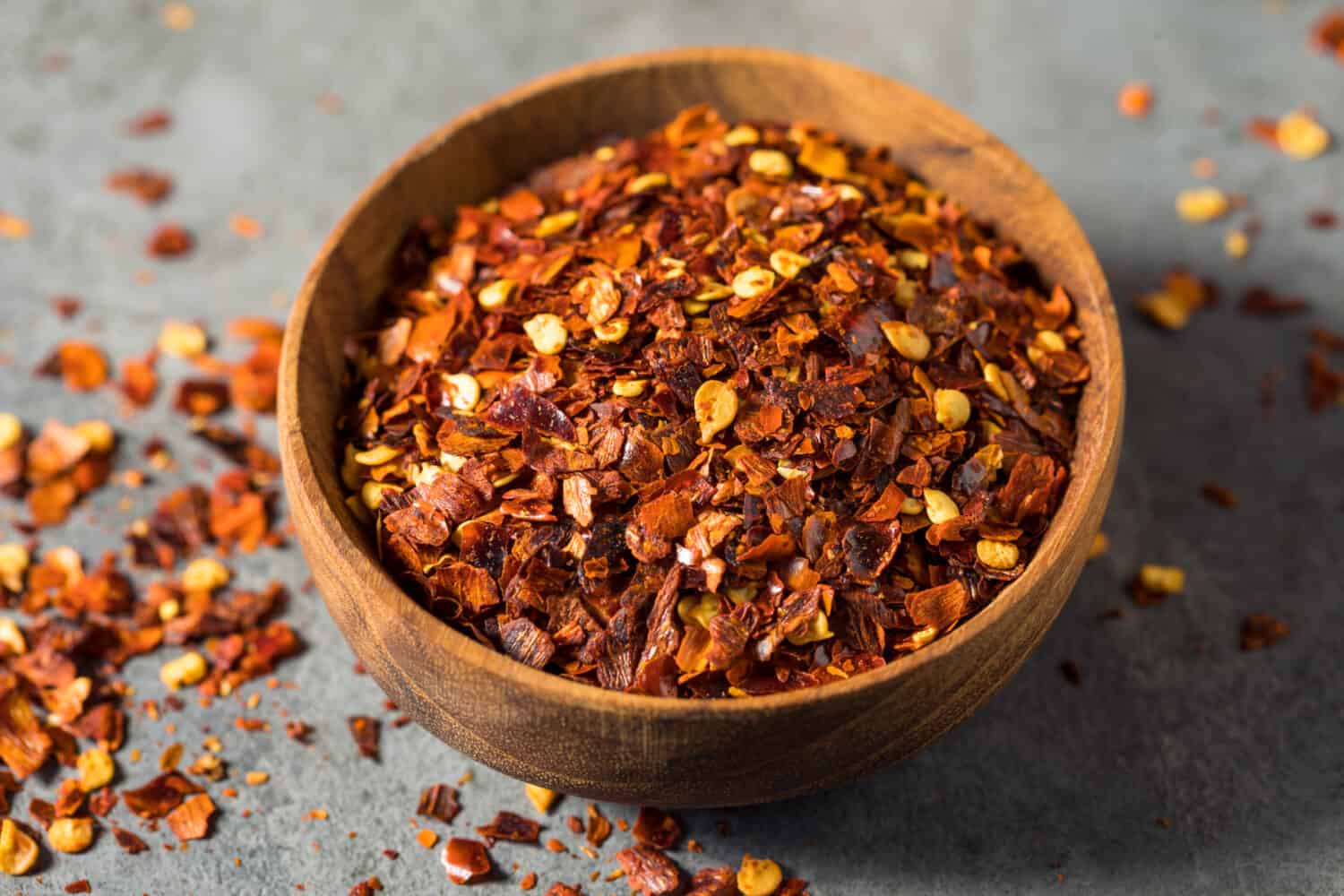
©Brent Hofacker/Shutterstock.com
Red pepper flakes are spicier than crushed red pepper. Though the latter has a higher seed ratio before removal, red paper flakes seeds have more heat and spiciness since all seeds are present. Crushed red pepper is ideal for beginners who want to add a kick of spice to their food without overwhelming their pallet and digestive system. The lack of seeds in the crushed red pepper makes it smoother than the red pepper flakes, which have skin and seeds. But, there are some exceptions where red pepper flakes have a fine consistency.
Crushed red pepper has mild spiciness and heat; sometimes, the flavor is mellow with a sweet undertone. Red pepper flakes have a sharp, earthy, spicy flavor. The taste is pretty one-dimension despite the multiple peppers used during production.
When it comes to color, crushed red pepper is generally red. But, the red color ranges from light to piping red depending on the kind of chili used. On the other hand, red pepper flakes have more than one color. Being a mixture of dried red pepper flesh and lightly colored seeds, it has red and white hues with a bit of earthy brown.
What is Crushed Red Pepper?
Crushed red pepper, is an ingredient used in the cooking of many different types of foods. Sometimes it's listed on a food label as “paprika” or “chili powder,” but it can also be called “capsicum.” Crushed red pepper is a very popular culinary spice that has been used in many cuisines around the world, but most notably in Italian, Indian, and Chinese food. Crushed red pepper has different uses in various regions. For example, Turkey is known for serving it as a condiment due to the lower seed count.
It is a famous spice used in many dishes, especially pizza, originating in Bukovo, a village in North Macedonia. The locals first made it there and later spread to other parts of the world. It's now widely used in Mediterranean restaurants. Still, individuals also use it in their homes for soups, pizza sauces, spaghetti sauces, chowders, sausages, some meats, salad dressing, marinades, and other savory dishes. It's also great for pickling blends.

©www.petrovvladimir.ru/Shutterstock.com
Next time you reach for some red pepper flakes to add some heat to your favorite dish – remember this fun fact: those flakes were once fruits that have been dried and then crushed. For optimal use in recipes without clumping together too much, these flakes are precisely ground in various sizes including fine and medium grinds. The spiciness of crushed red pepper all boils down to which variety you choose; typically falling between the range of 1-3,000 Scoville units (SHU). As a general rule – finer grinds tend to lean toward more heat intensity.
During processing, all seeds are removed before chili crushing to create crushed red pepper. It is then sealed and packed, ready for selling. Seed removal affects the hotness and spiciness, hence the mild flavor which suits most people. The missing seeds also keep the spice red and considerably smoother than red pepper flakes.
The taste of crushed red pepper varies depending on the type of chile used to make it. Common varieties include cayenne and habanero peppers. In general, crushed red pepper has a slightly bitter taste with a hint of sweetness.
What Are Red Pepper Flakes?
Red pepper flakes are made from dried, ground, ripe red chili peppers. They are made from the same species as bell peppers and Rocoto peppers, but they are generally larger and more mature. The most common peppers used to make red pepper flakes are cayenne, chili, and paprika peppers. Red pepper flakes are also sometimes made from a mix of different peppers.
Red pepper flakes are very spicy and only suitable for people who love and enjoy hot and spicy foods. You can spot dried red pepper flesh and seed from their appearance. Unlike the crushed type, these have all seeds intact, contributing to the spice's flavor and heat. Both skin and seed make the product rough and give it red, brown, and white colors.
Red pepper flakes range anywhere from 30,000 to 100,000 SHU depending on the type of pepper they come from and how long they were dried (the longer they're left out in the sun and wind, the more pungent they become).
The heat level in red pepper flakes depends on how much of the seeds and membranes have been removed during processing. The more seeds left intact when making red pepper flakes means more heat will be released when you eat them; this is why it is important to check the label before adding them to your meal!
During manufacturing, various peppers are set to dry and later pulverized or reduced to small flakes. Drying happens in huge industrial ovens that save time and are efficient. The seasoning has an intense flavor that pushes you away upon sniffing the jar. The level of hotness varies from one red pepper flakes type to another, but they are generally hotter than most spices.
Red pepper flakes have been shown to boost metabolism by increasing body temperature when ingested with food, which results in burning more calories during digestion. However, this effect is only temporary because it only lasts as long as it takes for your body to digest the food with which you consumed red pepper flakes.
Red pepper flakes are often used in Mediterranean cuisine to add color and spice to dishes. They can be sprinkled on pizza, pasta, sandwiches, and salads. Red pepper flakes also make a great addition to tuna or chicken salads. They work perfectly for several dishes, including pasta, pizza toppings, chicken barbeque, buffalo chicken dips, and for making glazes.
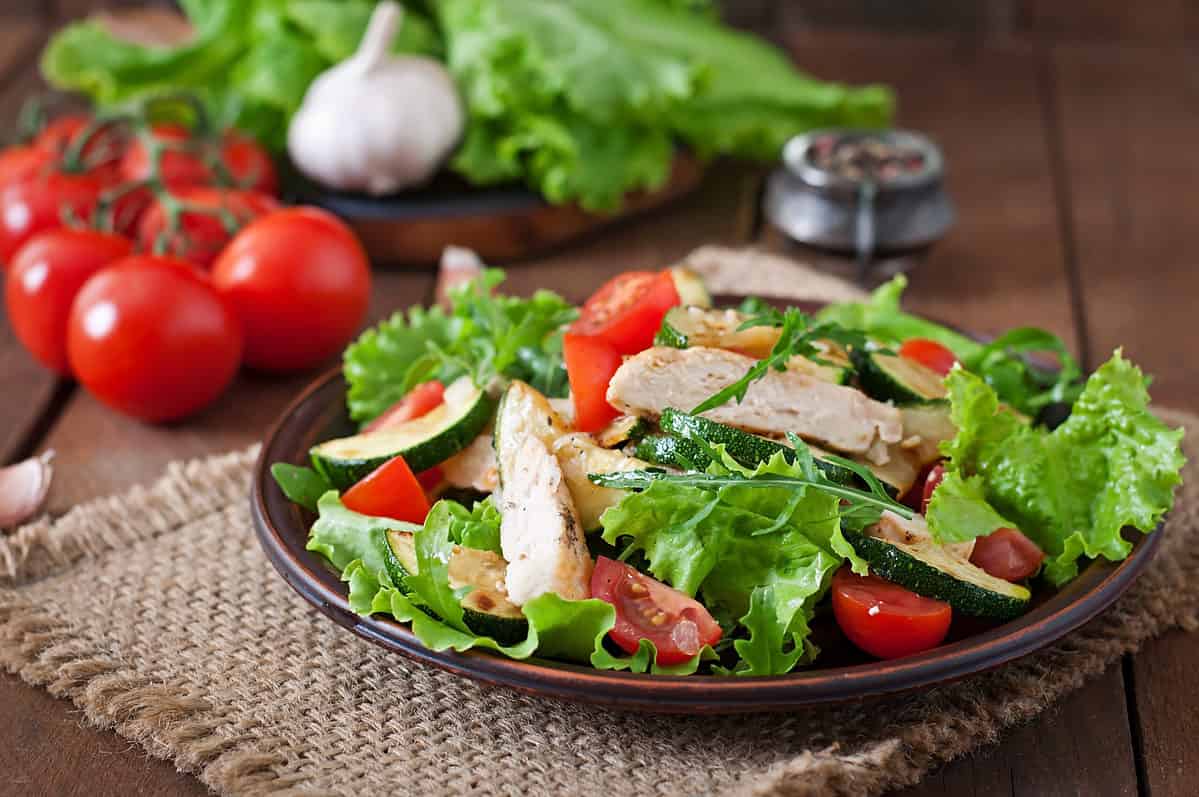
©Timolina/Shutterstock.com
Crushed Red Pepper Nutritional Value
Crushed red pepper is a good source of vitamin C, potassium, and iron. It also contains carotenoids, which are antioxidants that help protect cells from damage caused by free radicals.
The nutritional value of crushed red peppers depends on how much oil is retained during processing and how much salt has been added to them before packaging. For example, one teaspoon (5 grams) of unprocessed crushed red pepper has about 5 calories and nearly 1 gram of fat (0.3g). If you opt for processed crushed red peppers that are sold as ready-to-eat salsas or sauces, you can expect about 20-30 calories per serving (1/4 cup).
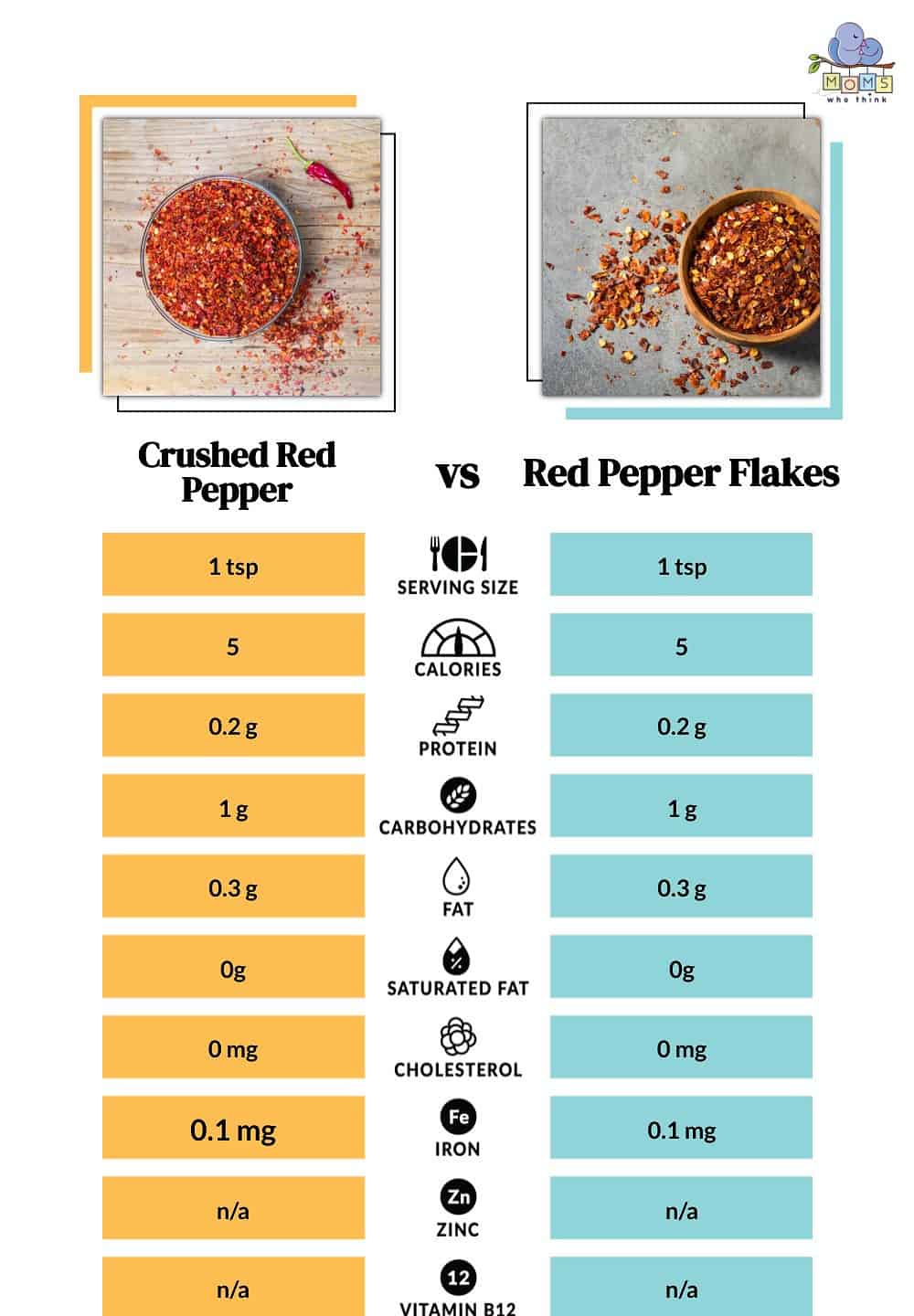
©
Red Pepper Flakes Nutritional Value
Offering up a range of vital nutrients like vitamins A and C plus essential minerals such as iron, potassium, magnesium, thiamin, and riboflavin – red pepper flakes pack a serious nutritional punch! Plus they also contain powerful natural antioxidants called carotenoids that add to their bold red color, alongside capsaicinoids which bring the heat.
Depending on the type of peppers used in production these beneficial compounds will differ slightly in amount. Each teaspoon serving size has only 4 calories along with 1 gram net carb, and about 1.2g of protein, but still provides about 0.1g of iron, contributing to healthy cells and stronger cognitive function.
Many individuals appreciate incorporating spicy red flakes into their meals because they offer pure taste, and complement their low-fat diets perfectly by providing flavor without adding excess fat or calories.
Crushed Red Pepper vs. Red Pepper Flakes: What Are Their Health Benefits?
Crushed red pepper and red pepper flakes are similar despite a few differences. They both come from red peppers. So, it's safe to say that they contribute equally to the body's health. Some of the health benefits are;
Boosts the Immune System
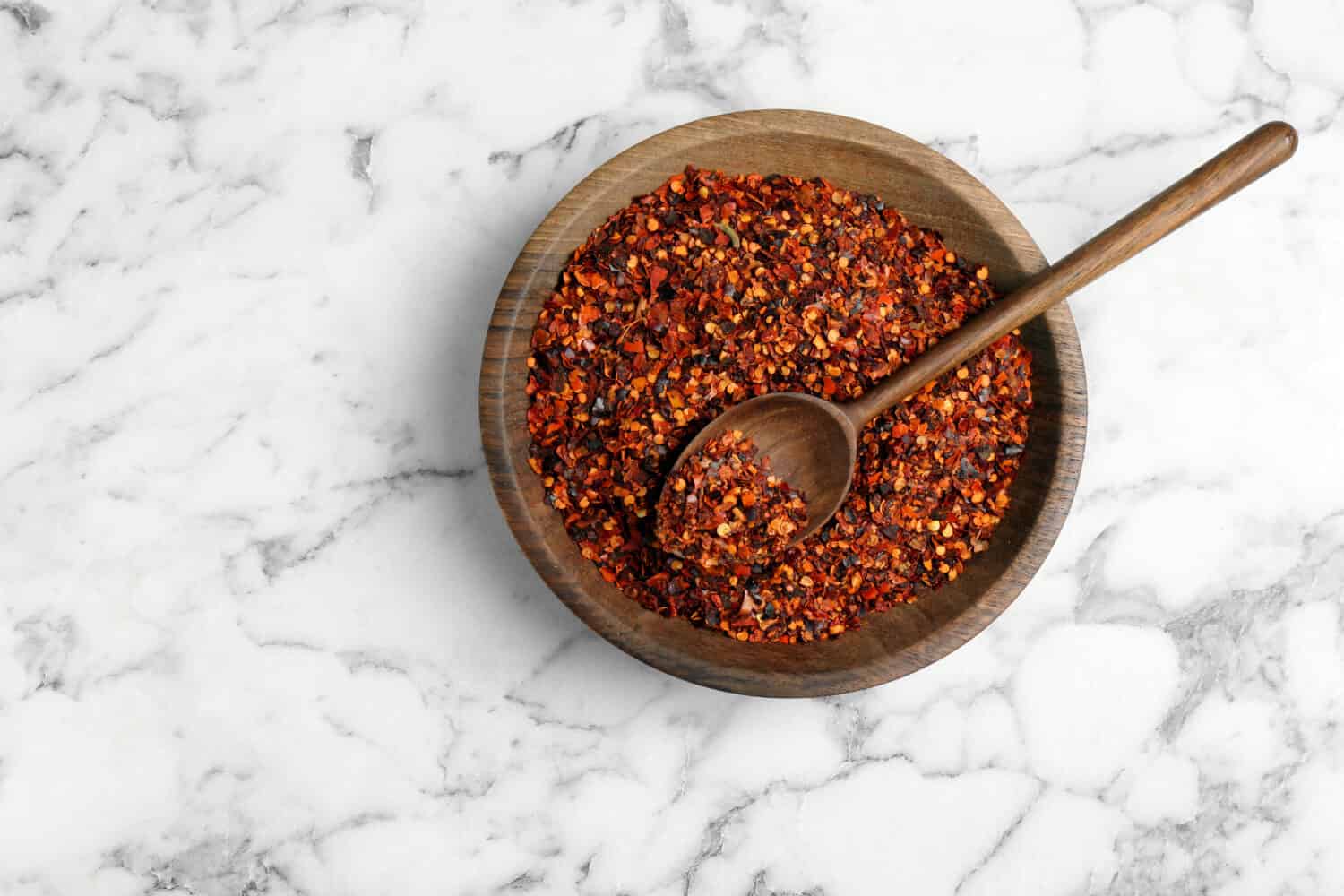
©New Africa/Shutterstock.com
The red color of these peppers is a good indicator of their beta-carotene. The beta-carotene levels are so high they are converted into Vitamin A to support or strengthen the mucous membrane. The body has this membrane throughout, and keeping it safe and healthy is necessary. A stronger mucous membrane on the nasal passages, lungs, and gut tract protects you from illness-causing pathogens. The heat from the red pepper seasoning can make you sweat, thus increasing the need to drink more water. Regular hydration is excellent for the body.
Improved Heart Health
The red pepper flakes and crushed type reduce triglyceride levels, cholesterol, and sticking together of platelets in the blood. In the process, fibrin amounts also increase, making the clotting procedure quicker in case of injury. Other benefits include the reduced risk of heart attack, stroke, and pulmonary embolism.
Aiding Indigestion and Relieving Stomach Upsets and Ulcers
Indigestion is one troubling situation you'd want to treat as quickly as possible. These pepper spices help stimulate the body to produce more digestive fluid and enzymes, which help digestion and stomach protection against infections. They also have capsaicin, which inhibits acid secretion that normally worsens the ulcers and causes heartburn. Capsaicin also stimulates alkali, gastric mucosal blood, and mucus secretions.
Controls Diabetes
Crushed red and red pepper flakes have plenty of antioxidants like carotenoids and Vitamin C. These antioxidants help lower your blood sugar levels, thus regulating diabetes. They are examples of natural treatments though not purely, as you still need proper medication. Daily consumption of these spices drops insulin requirements more, which is a simple way to manage the disease.
Crushed Red Pepper Uses
You can use crushed red pepper in a wide variety of dishes, including soups, stews, rice dishes, beans, and vegetables. Here are some ways you can incorporate this flavorful spice into your diet:
- Crushed red pepper has a wide range of uses in cooking. It can be added at the beginning of cooking or sprinkled over finished dishes just before serving for maximum flavor impact. Many cooks also use crushed red pepper flakes as a substitute for black peppercorns when making homemade spice blends or rubs because they have a similar flavor profile but are easier to use (especially when applied directly to food), which makes them ideal for preparing dishes that require only small amounts of heat (such as baked chicken) or for adding color rather than heat (such as when making pasta sauce).
- Add crushed red pepper to your favorite Mexican meal. The spicy kick will add some excitement to tacos and burritos. You can also add it to chili for an extra kick!
- Use it as a substitute for black pepper on salads and eggs. The sharp taste of crushed red pepper will give any dish a little extra flavor without overpowering it like salt does.
- Mix crushed red pepper with olive oil or mayonnaise for an easy marinade for chicken or fish before grilling or baking them on the barbecue grill
- Crushed red pepper is often used as a condiment, sprinkled on pizza or pasta dishes. Some people enjoy eating it right out of the jar!
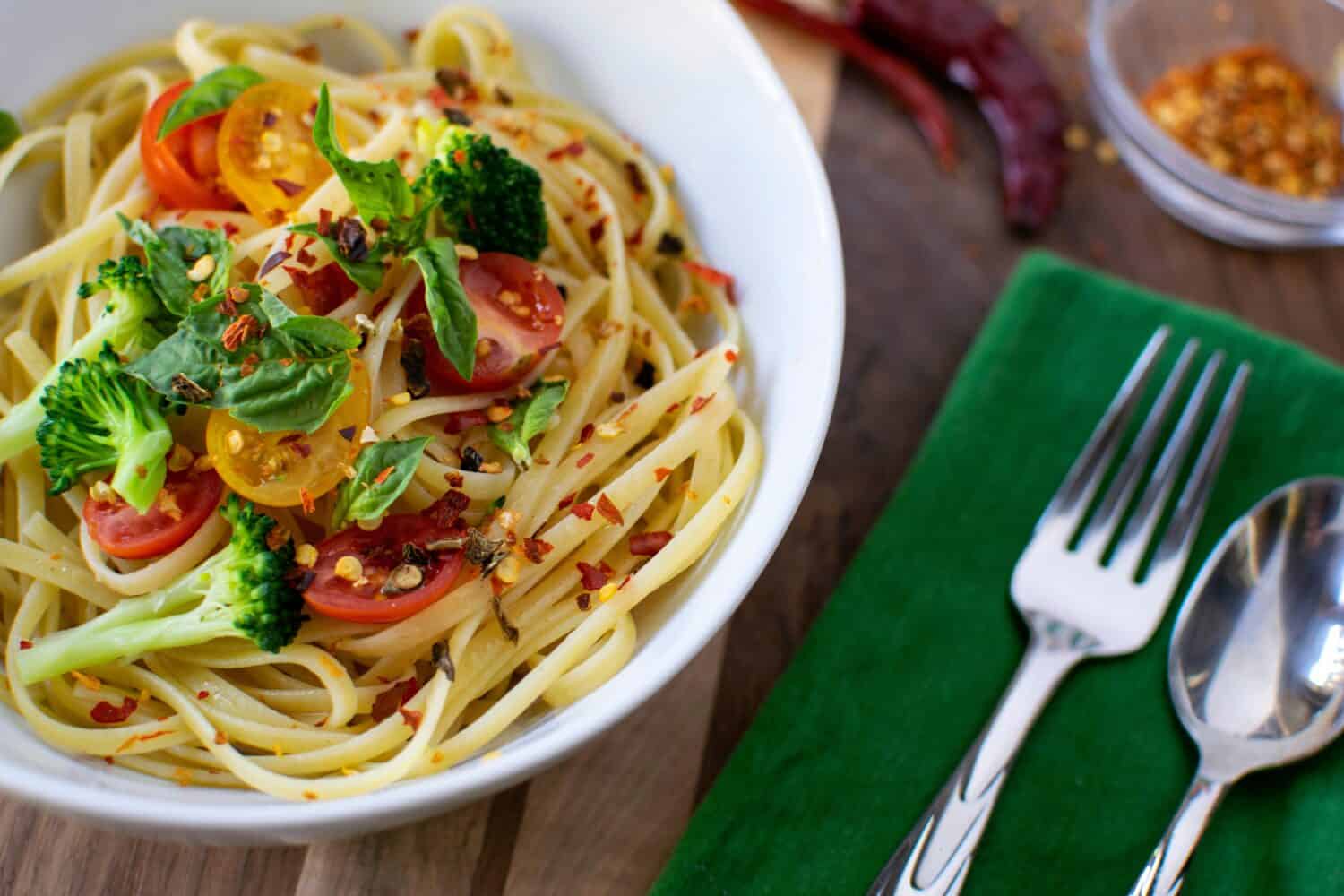
©Phillip Wise/Shutterstock.com
Red Pepper Flakes Uses
When it comes down to cooking techniques where fresh or dried hot peppers aren't available – fear not! Red pepper flakes exist as an excellent substitute due to their stronger flavor profile and fiery nature. The savvy chef knows that these flakes elevate various dishes by adding flare where necessary. If you're looking to spice up soups, stews, or stir-fries – reach out for your trusty red pepper flakes. Don't underestimate their versatility too; sprinkle them on salads or omelets, and use them to rub meats before grilling. The possibilities are endless.
Red pepper flakes can be sprinkled on top of pizzas, and pastas for added flavor. They can also be used as a component for meat rubs or marinades on chicken, pork, or your meat of choice before roasting or grilling. Red pepper flakes can be used whole or ground up into powder form.
For lovers of spicy foods everywhere, red pepper flakes are a staple item used regularly to add zest to dishes being prepared; nonetheless, care must be taken during handling as they may quickly lose their punch when prepared for too long or exposed externally too much.
Sometimes, experienced cooks opt for starting with red pepper flakes early on during food prep. This causes infusion into other elements, making whipping up a flavorful dinner enjoyable. Conversely, using near completion ensures maximum additive effect as it finalizes the dish with a kick.
It's best stored in a secure container away from heat sources and sunlight in a cool and dry storage space, considering how long it takes to finish can determine shelf life. This concept also applies to your crushed red pepper.
Conclusion
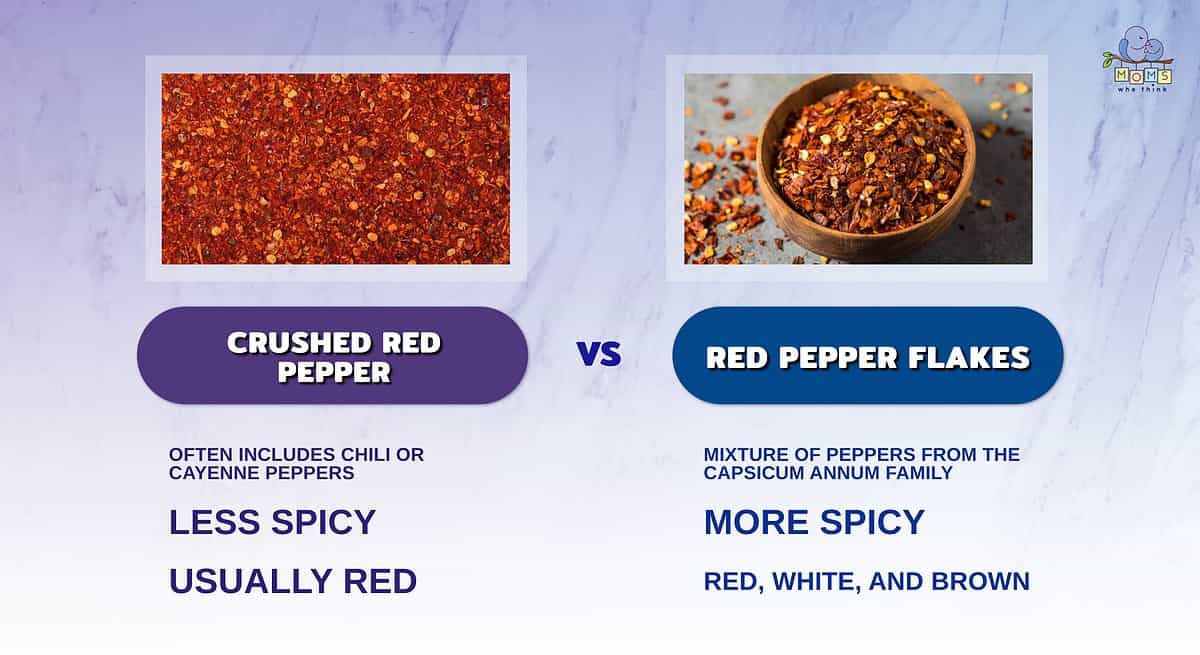
- Crushed red pepper often includes chili or cayenne peppers, while red pepper flakes contain a mixture of peppers from the capsicum annum family.
- Red pepper flakes are spicier than crushed red pepper. Crushed red pepper is a great option for those with sensitivity to spice, or who are just getting into exploring spicy peppers.
- Crushed red pepper is usually red, while red pepper flakes are a mixture of red, white, and brown.
Crushed red pepper and red pepper flakes are almost similar yet so different. Both are made from red peppers and have different degrees of hotness. Red pepper flakes are generally hotter and spicier, while crushed red pepper is mild, best for beginners. They have several health benefits, like boosting the immune system and improving heart health. So, consuming them regularly is a plus. They are also suitable for many dishes to add flavor, heat, and spiciness.
Print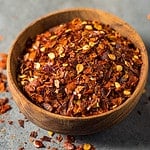
Veggie Pepperoni Pizza Pasta
- Yield: 9 servings 1x
Ingredients
- 8 ounces uncooked bow tie pasta
- 1 large onion, chopped
- 1 1/2 cups julienned green pepper
- 1 1/2 cups julienned sweet red pepper
- 2 garlic cloves, minced
- 1 Tablespoon olive oil
- 1 can (14 1/2 ounces) petite diced tomatoes with juices
- 1 1/2 teaspoons dried basil
- 4 ounces turkey pepperoni, halved and sliced
- 1 cup diced fresh tomatoes
- 3/4 teaspoon salt
- 1/4 teaspoon pepper
- 4 ounces part skim mozzarella cheese, diced
- Crushed red pepper flakes, optional
Instructions
- Cook pasta according to package directions.
- Meanwhile, in a large nonstick skillet, sauté the onion, peppers, and garlic in oil until vegetables are crisp tender.
- Add stewed tomatoes and basil. Bring to a boil. Reduce heat; cover and simmer for 10 minutes, stirring occasionally.
- Stir in the pepperoni, diced tomatoes, salt, and pepper; simmer for 2 minutes.
- Drain pasta; add to the tomato mixture.
- Add cheese and toss well. Sprinkle with pepper flakes if desired.
Nutrition
- Serving Size: 1 cup
- Calories: 213
- Sodium: 585mg
- Fat: 6g
- Saturated Fat: 2g
- Carbohydrates: 29g
- Fiber: 3g
- Protein: 12g
- Cholesterol: 22mg
